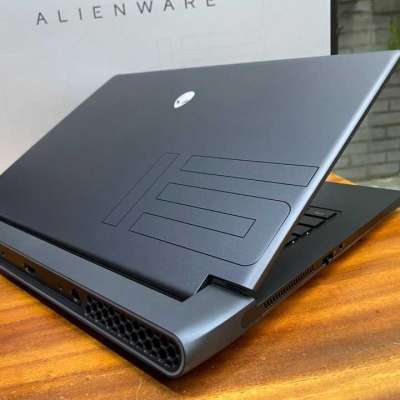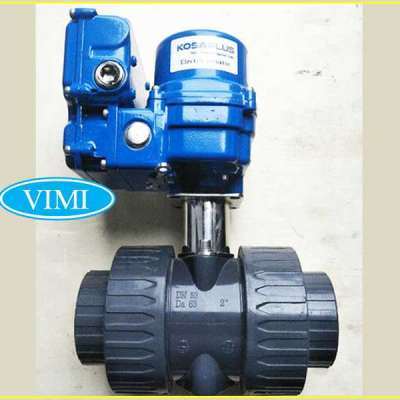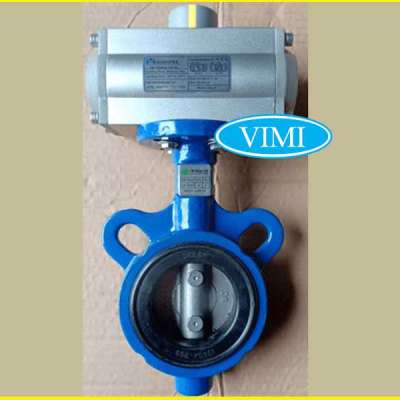How to Future-Proof Your Audio Visual Supply Infrastructure
Introduction
In today's world of rapidly advancing technology, it is important for businesses to plan ahead and future-proof their audio visual infrastructure and systems. This ensures your setup can support new technologies and remain relevant as capabilities increase over time. Otherwise, you risk your AV equipment becoming outdated or incompatible within a few years. In this blog post, we will discuss key strategies you can implement to future-proof your audio visual supply infrastructure.
Assess Your Current Setup
The first step is to thoroughly assess your existing AV setup and equipment. Take inventory of all the components - from projectors and screens to speakers, microphones, mixers and more. Note down the make, model and key specifications of each item. This will give you a clear picture of your current capabilities. Simultaneously, evaluate the usage of different spaces where AV systems are deployed. Are some rooms under-utilized while others are overburdened? Understanding current usage patterns will help optimize future investments.
After taking stock, analyze the lifespan of existing gear. Check manufacturer specifications and warranty periods. Items nearing end of life will need to be prioritized for upgrades. You should also research anticipated technology advancements over the next 3-5 years for different AV categories like displays, convergence devices etc. This insight will guide your replacement strategy.
Standardize on Open Platforms
Future-proofing demands flexibility to integrate new technologies seamlessly. Closed proprietary systems may not support additions down the line, rendering existing investments obsolete. The solution is standardizing your infrastructure on open architecture and protocols. This allows mixing-and-matching components from different manufacturers.
For audio, opting for standards like AES3 digital audio or balanced line level analog ensures new speakers, mixers or amps can be added easily in future. Similarly, adopt open display connectivity standards like HDMI instead of proprietary ports. Follow Ethernet cabling norms for reliable networked AV. Standard Enterprise WiFi and network switches future-proof the wireless side.
Open protocols empower you to incorporate the latest gear without rip-and-replace of your entire system. Standardization is key to extending the usable lifetime of a future-proof AV setup.
Plan for Greater Bandwidth
Higher resolution formats and network-capable devices mean audio visual bandwidth demands continue rising rapidly. Future 4K, 8K and beyondultra-high definition video will require massive data pipes. Simultaneous sharing of content between multiple spatial zones is another bandwidth hog.
To future-proof your AV infrastructure, size network switches, cables and wireless access points to support multiplying bandwidth needs over the next 5 years. Leave adequate headroom for unforeseen needs. Consider multi-gigabit Ethernet, high-speed fiber backbones and future-ready wireless standards like WiFi 6 in planning. With bandwidth planned optimally from the beginning, you prevent bottlenecks down the line.
Emphasize Convergence
Convergence of AV and IT systems is an unstoppable trend. Integrating previously discrete functions onto common network backbones and devices improves manageability and flexibility. A future-proof approach is investing in AV-over-IP solutions that centrally distribute multimedia throughout any facility.
IP-based delivery converges display content, audio, control and analytics over single twisted-pair or fiber cables. This avoids duplication from parallel coax, composite video and speaker wiring. Centralized network control powers modular expansion as needs evolve across different audio visual zones. Leveraging IT infrastructure also encourages integration of analytics, Room as a Service and other emerging automation technologies.
Converged AV/IT strategies relieve you from having to repeatedly rewire entire facilities for new technologies. Their scalability keeps your solution adaptable far into the future without re-architecting from scratch.
Embrace Modularity
Rather than monolithic custom designs, modularity allows replacing individual components non-disruptively. This is key for future-proofing against obsolescence cycles. Modular systems simplify extending or expanding coverage when needs change down the road.
Modularity starts from the ground up - specifying rack equipment, switchers and DSPs designed around common modular frames. Similarly, use modular cabinets, mounts and interconnects that support easy additions, updates or rearrangement. Ensure installed infrastructure like cabling pathways allow modular components at both ends to be swapped independently.
With a modular approach, you retain flexibility to select best-of-breed parts from any manufacturer based on evolving requirements. Old modules retire gracefully rather than scrapping whole systems every few years. Careful planning for modularity is foundational to keeping your AV setup adaptable.
Enable Remote Access
A global pandemic has proven how critical remote access and collaboration is today. Future-proof AV infrastructure with built-in capabilities for remote management, meeting participation and content delivery over any network.
Professional grade multimedia systems now offer features like built-in encoders to stream and control rooms over internet. Virtual meeting solutions enable remote participation on any device. Network control protocols facilitate over-the-air updates and upgrades. These remote enabled functionalities ensure your audio visual systems remain usable as workstyles evolve.
No matter how technology reshapes the workplace, a properly future-proofed AV setup stays relevant through remote access abilities. This guarantees continued utilization until physical assets themselves require refreshing.
Budget Incrementally
Future-proofing your entire audio visual supply infrastructure in one go requires a massive budget outlay. A realistic strategy is allocating funds incrementally based on asset lifecycles and technology inflection points.
Replace oldest items first based on assessed condition while continuing to utilize existing peripherals. As new standards emerge, upgrade subsystems like network or unified communication platforms before swapping out dependent end points. Standardizing also helps reuse investments across phased upgrades.
By budgeting methodically, you future-proof AV capabilities step-by-step without straining finances. The overall system continuously maintains best-in-class status relative to the latest benchmarks in a pay-as-you-modernize approach. Financing tools leverage flexibility to spread costs over time based on usage. Incremental planning makes future-proofing practical despite unpredictable tech shifts.
Conclusion
Constantly advancing audio visual technologies demand a strategic, scalable and flexible approach to infrastructure. The steps outlined here like assessing needs, standardizing on open platforms, empowering remote access and modular incremental investments put your organization in a prime position to incorporate any emerging innovations seamlessly. By future-proofing their AV supply chain, businesses guarantee continued optimized usage of multimedia systems even as technology marches ahead at a blistering pace. This ensures audio visual resources remain a future-enabled productivity multiplier for years to come.
Read More:- https://avfusionhorizon.weebly.....com/blog/understand
Like
Comment
Share















